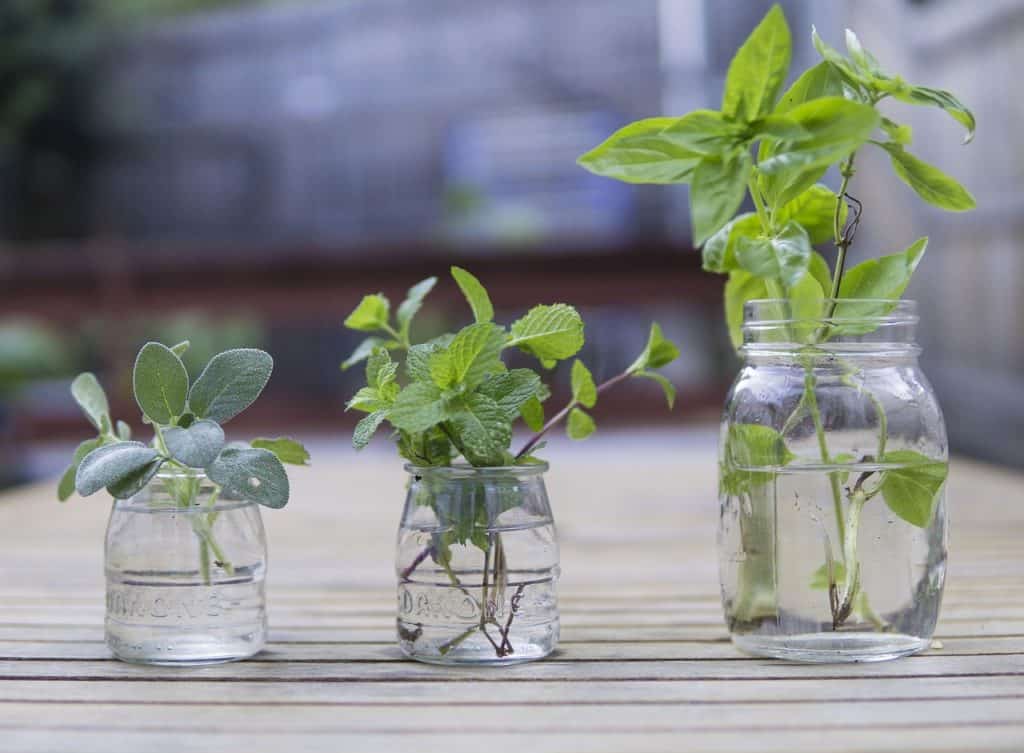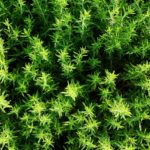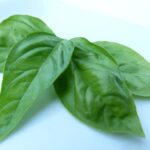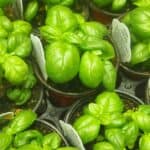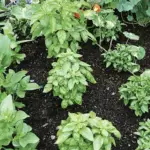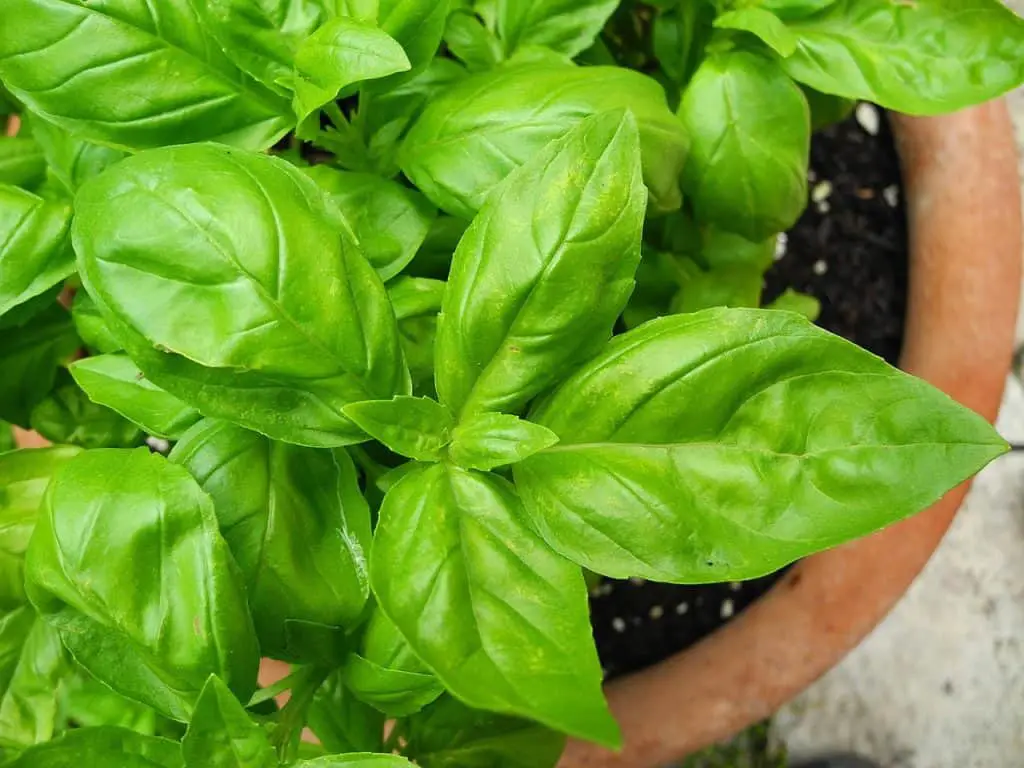
Basil Plant Turning Brown, How To Fix It
Welcome to this post that will talk about why your basil plant might be turning brown and what you can do to fix it. The number one reason in most cases for it turning brown is that there is not enough nutrients in the soil and the soil is very dry. This will quickly affect the basil plant as it’s a very fragile culinary herb to grow at home. But fear not, in this post we will talk about some of the ways you can fix this issue even after it has started.
If you are having even more severe problems with your basil then we have an emergency guide that talks about recovering a ding basil plant. Find it here, Why Is My Basil Dying.
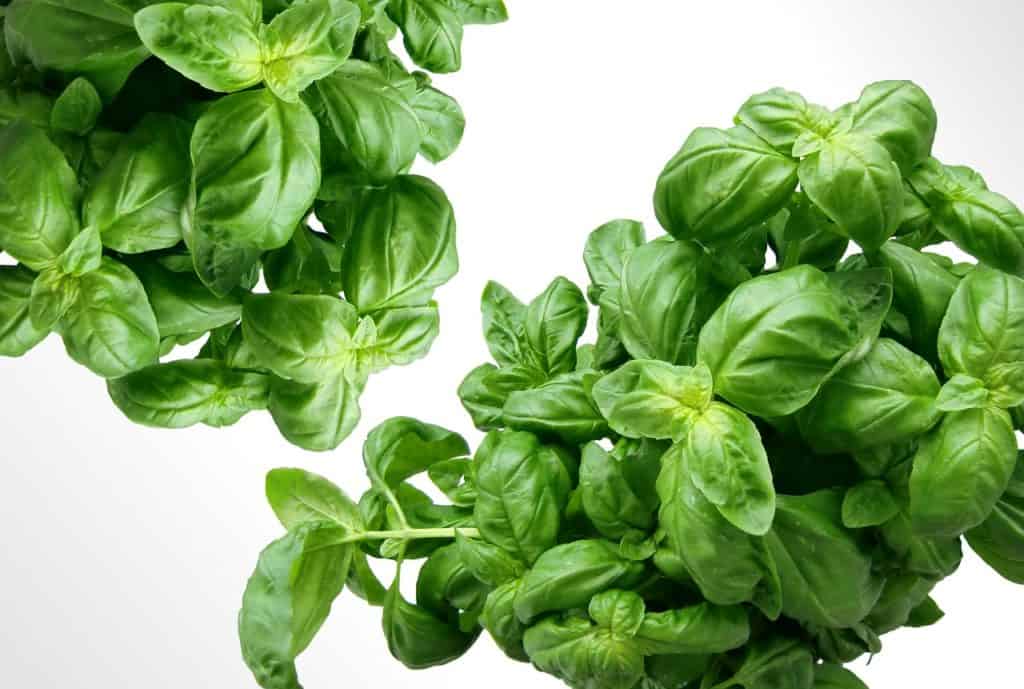
Basil Plant Turning Brown, How To Fix It
Just like we said in the beginning of this article. The number one reason we have found that causes the basil plant to start and go brown is because there is not enough nutrients in the soil. Basil is a herb that really likes a nutrient rich soil and when it can’t get that it will obviously start to wilt a bit. But if you are convinced that this is not why then it can also be because there is not enough water in the soil either. On top of basil being a herb that really likes a nutrient rich soil, it also likes one with good drainage and is kept damp all the time.
Let’s talk about more about fixing a soil that doesn’t have any nutrients in it any causing your plants to grow the way they do. In most cases it is easier to grow on freeland because there are more nutrients available to pull from the soil. If you are growing basil in a pot like most people do then you can be difficult since its very limited.
Therefore you need to fertilize the soil to keep it healthy and thriving. This is the best way to preventing browning on the basil plant. We always recommend using an organic fertilizer if you want to be able to eat and enjoy your basil afterwards. But if you have the possibility of using manure in the soil, then that will jump the bacterias and you will have a thriving basil plant in no time.
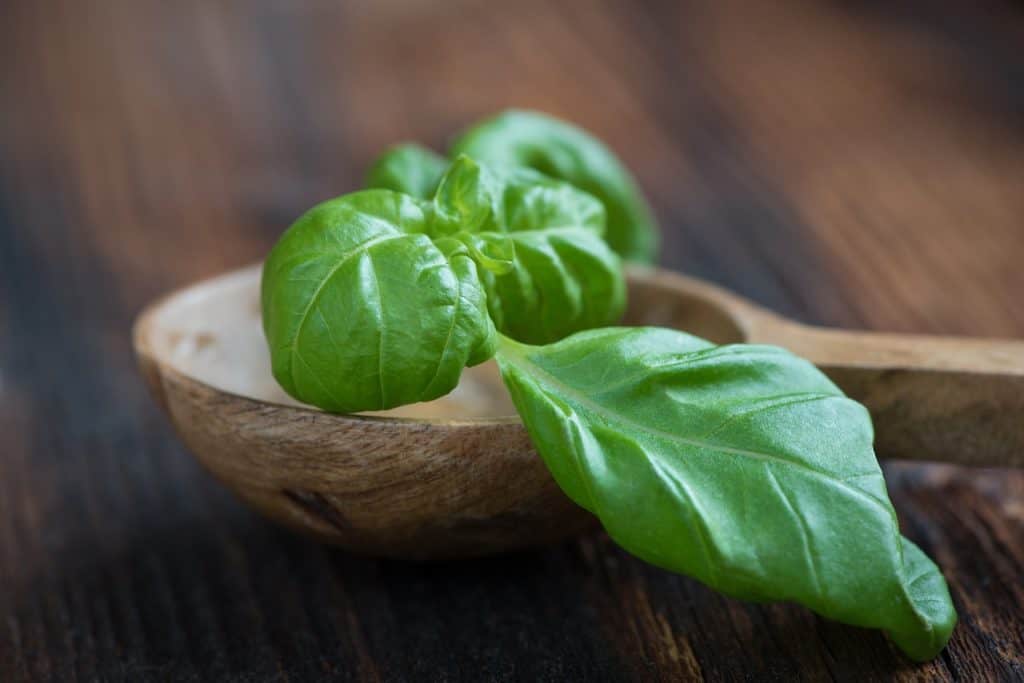
Why Is My Basil Plant Stem Turning Brown
The second most probable reason for a browning basil plant is that the soil is too dry. The basil is struggling to get enough water and therefore is looking the way it does. This is pretty simply fixed by watering the soil. We always follow the rule of keeping it damp and wet at all times. Too much and the roots will rot, too little and the basil will turn brown. It’s trial and error all the way until you start to master it. But the fun thing about gardening is that there is always something new to learn.
I want to reiterate again now on what we have been talking about here. Basil is a herb that quickly will show if something is wrong. If the soil is not healthy enough you can fix it by fertilizing the soil. If it dries then water it little by little until it’s damp and wet, the ideal condition for basil.
Have you heard about people putting basil in coffee to flavor it and wonder if it’s any good? We recently wrote an entire article dedicated to this topic. Find it here, Basil In Coffee, Is It Any Good.
